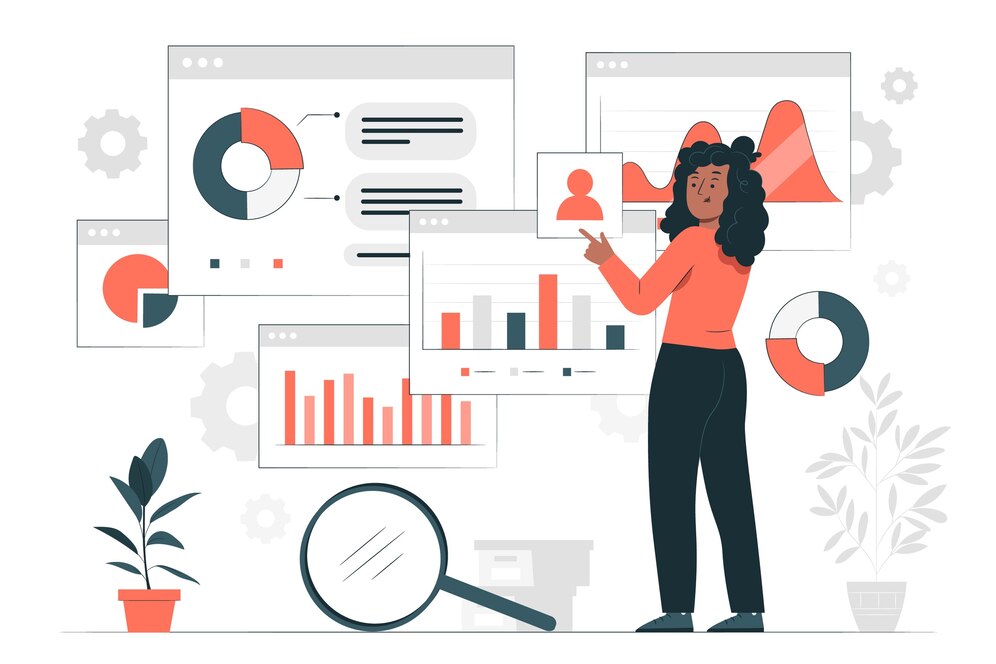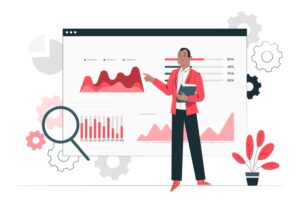
Migrating B2B data can be a complex process, but with careful planning and execution, you can ensure a smooth, stress-free transition for your valuable data.
Our easy 10-step guide will help you through the migration process so that your B2B data is in the best condition possible for your outreach activities.
If you need help with this process, please don’t hesitate to get in touch. We’ve helped hundreds of organisations, large and small, to seamlessly migrate their B2B data.
10-steps to migration success
1. Define your objectives

Identify why you need to migrate the B2B data. Are you upgrading systems, consolidating databases, or moving to a new platform? Understanding your goals will help you establish a clear roadmap.
2. Assess your existing data
Conduct a thorough audit of your current data. Identify what type of data you have, where it is stored, and its quality. This will help determine what data needs to be migrated and the appropriate migration approach.
3. Develop a migration strategy
Based on your objectives and data assessment, create a migration strategy. Determine the sequence of data migration, define data cleansing requirements, and decide on the migration approach; will it be manual, automated, or a combination of both?
4. Plan for data mapping

If you are migrating data to a new system with different data formats, you will need to map the data fields from the old system to the new one. Create a plan for mapping the data accurately to ensure data integrity and consistency.
5. Data cleansing
Before migrating data, it is essential to clean and standardise it. Remove duplicates, correct errors, and validate the accuracy of the data. This step is crucial to prevent junk or irrelevant data from being migrated.
6. Back up your data
It is crucial to back up your existing data before initiating the migration process. This ensures you have a fallback option in case of any unforeseen issues or data loss during migration.
7. Test in a controlled environment

Create a test environment that mirrors the production environment to perform a trial data migration. This will allow you to identify and rectify any issues before migrating the actual data.
8. Implement a phased approach
Consider migrating data in batches for a smoother transition. Begin with less critical data to gauge the process and make refinements before handling more complex data sets.
9. Monitor and validate
During and after the migration, closely monitor the process to identify any errors or inconsistencies. Validate the migrated data against the original data to ensure its accuracy and completeness.
10. Communicate and train

Inform your teams, stakeholders, and B2B partners about the migration process. Provide training and support to help them adapt to the new system and ensure a seamless transition.
Post-migration assessment
Once the migration is complete, it’s important to conduct a post-migration assessment to evaluate the success of the process and identify any areas that require further improvements.
Migrating B2B data is not a one-time event. It requires ongoing data management practices to maintain data integrity and ensure its usefulness for your business.
